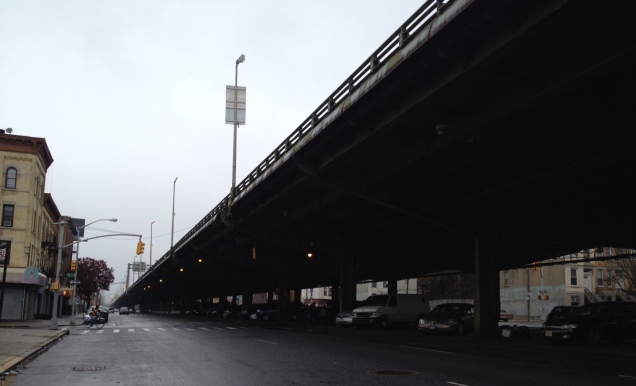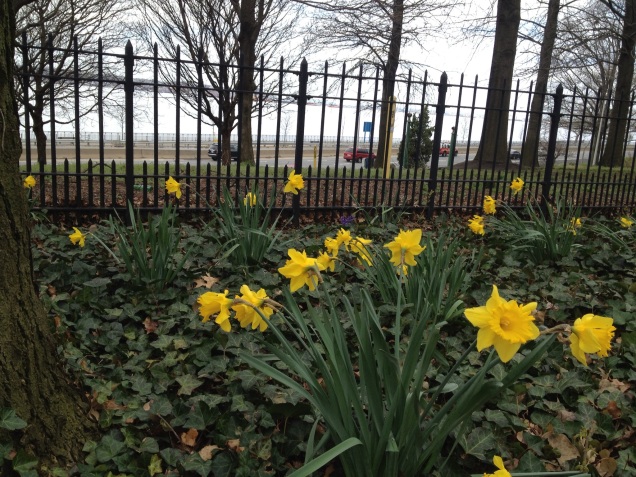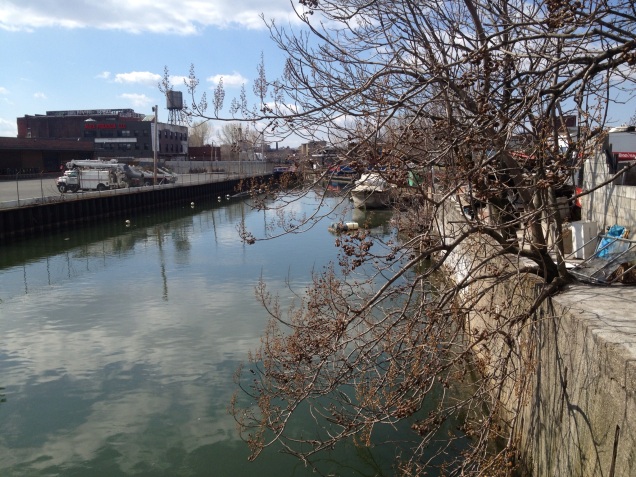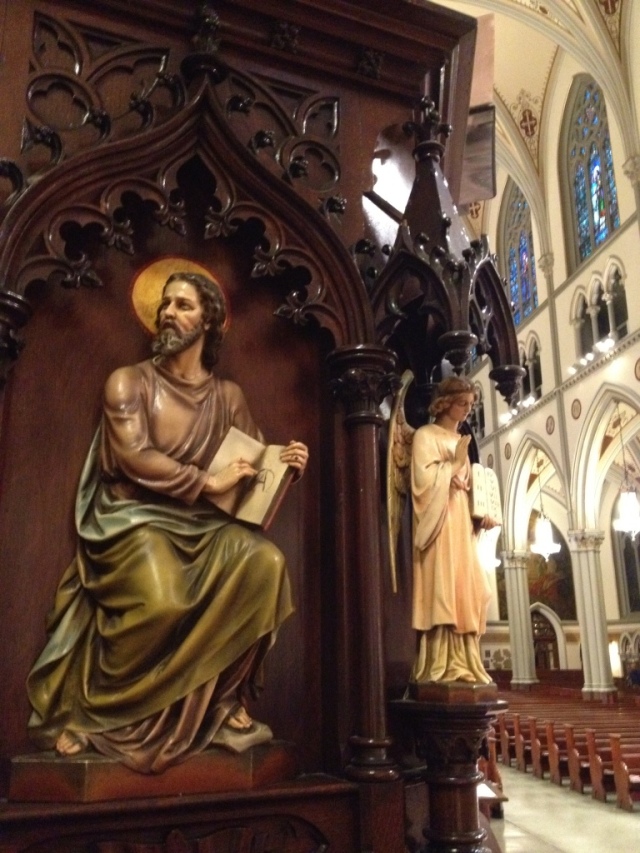
With more than 8 million residents, many of whom hail from all corners of the globe, there’s hardly an ethnic or regional specialty food that you cannot find in New York. From Norwegian to Sri Lankan, from Texas barbecue to Maine lobster rolls, we have it here.
But one thing we don’t have is a Chicago Italian beef sandwich. “You mean like a cheeseteak,” people ask me? No, more like a French dip. A Chicago Italian beef sandwich is thinly sliced roast beef piled onto an Italian roll, and then covered with—or better yet, dipped in au jus—with either sweet peppers, hot peppers or both.
As Carol Mighton Haddix, then food editor of the Chicago Tribune, wrote in Saveur magazine in 2007,
The Italian beef sandwich requires two hands, plenty of napkins, and, frequently, a repertoire of minor acrobatics for catching every last drip. The sandwich can be found at “beef stands” all over the city and in the suburbs; Mr. Beef, Johnnie’s Beef and Al’s #1 are three perennial favorites.
No one is quite sure where the Italian beef sandwich got its start. It most likely has its roots in the Depression years, when roast beef was a costly luxury and people looked for ways of making a little go a long way at banquets and weddings. Slicing the meat very thinly and piling it loosely on a roll or plate was a favorite method. In the years following World War II, Chicago-era meatpacking firms such as the Scala Packing Company on the Near North Side, picked up on this trend and began selling presliced roast beef to local restaurants, where early versions of the sandwich were presumably born.
I lived the first seven years of my life in Chicago, and even after my family moved to San Diego, beef sandwiches were always close by. My family owned a pizzeria, where we served thin-crust Chicago pizza (not all Chicago pizza is deep dish!), pasta, cold submarine sandwiches, and hot meatball, sausage and beef sandwiches. But in 2005, my family sold the business, and I moved to New York.
I’ve spotted Big Al’s Chicago Pizza in the Financial District, but from what I see online, it’s not as Chicago as the name of the business implies. The only promising establishment on this list of places to buy Chicago beef is no longer open.
A Chicago native opened up a beef sandwich shop in Linden, N.J., in 2006, but the shop did not last long. I reached out to the former owner last week, after being out of touch for several years, and he said he still makes special order Italian beef for those wanting at least 10 pounds of it—and that he would set some aside for me when he does his next order.
In the meantime, I look forward to my annual December trip to Chicago. My family has adopted a ritual: My aunt picks me up from O’Hare Airport. When I get into her car, we call my great uncle in Franklin Park, and he heads out to pick up several beef sandwiches. We all arrive at his house around the same time, and my feast begins.
I’ve also found Italian beef sandwiches in San Diego. And I’m sure they are available in Los Angeles, Phoenix and probably Florida, all homes to significant numbers of transplanted Chicagoans. But no Italian beef sandwiches in New York.
My eyes lit up when an acquaintance from Chicago, told me about Windy City Ale House in Bay Ridge. Its owners are from Chicago, and they serve Chicago-style hot dogs. “Do they serve beef sandwiches?” I asked. “No, but they said they would soon.”
The ceiling at Windy City Ale House is lined with Cubs, White Sox, Bulls and Blackhawks flags, along with the flag of the city of Chicago. Sports memorabilia and old black-and white images of Chicago fill the walls. The beer taps include several Goose Island brews. A lot of the guys at the bar last Wednesday were decked out in Blackhawk jerseys. And the menu included Vienna beef Chicago hot dogs (which I ordered), but no beef sandwiches.
I asked the owner if they might introduce beef sandwiches to the menu. He said the hot giardiniera peppers were his stumbling block. Unlike the hot peppers you find in Italian delis here, which are packed in water and vinegar, Chicago hot giardiniera are small green hot peppers, packed in a thick, spicy oil. The owner could not have them shipped from Chicago without ordering an impractical bulk amount.
I imagine, too, that the logistics of preparing the beef might also be a stumbling block for him. This is why I can’t make it at home. I can cook a roast and make a good au jus, but I can’t slice the beef that thin without a commercial meat slicer.
While I’ll continue to patronize the Bay Ridge bar, because it’s a little slice of home for me, the beef sandwiches will have to wait until my plane touches down at O’Hare.
Unless someone can tell me that I’ve left a stone unturned?













































